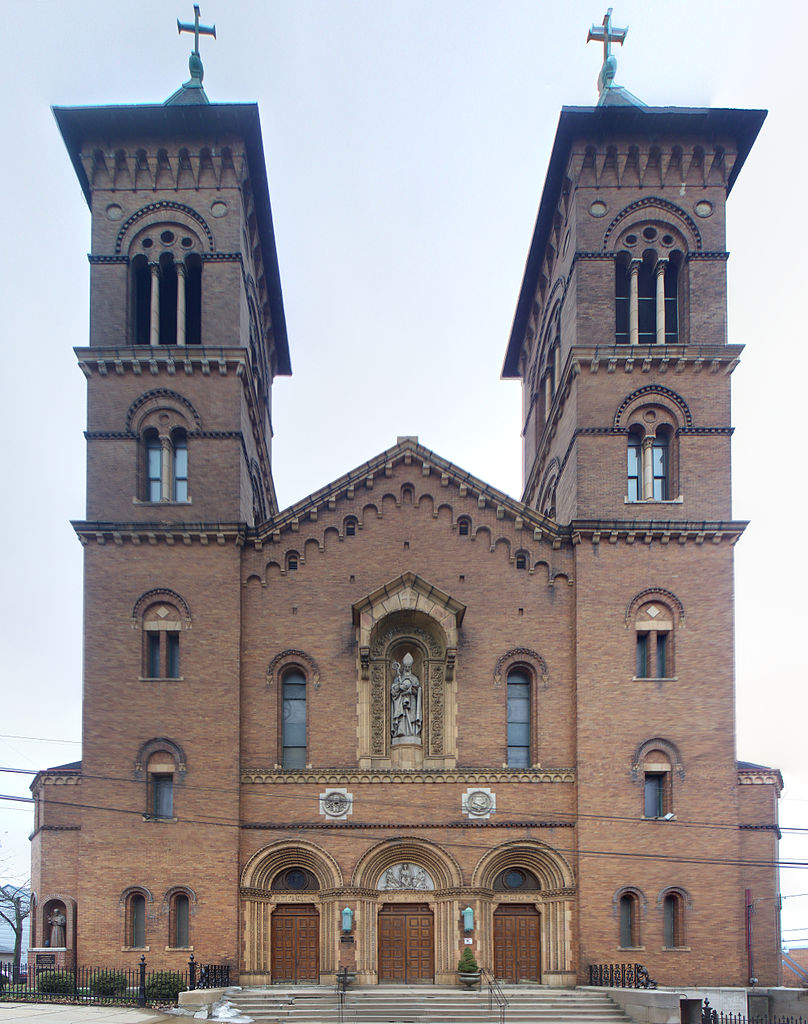
The same two houses on 40th street in Lawrenceville across from Arsenal Park, taken in 1999 with two different twin-lens-reflex cameras. Above, a Lubitel, a Russian camera with a plastic body but a decent lens and all the usual manual controls. Below, an Imperial, the sort of thing photographers call a toy camera: a cheap old plastic fixed-focus camera that takes 620 film.

The house on the left has had its Gothic peak restored since this picture was taken.












